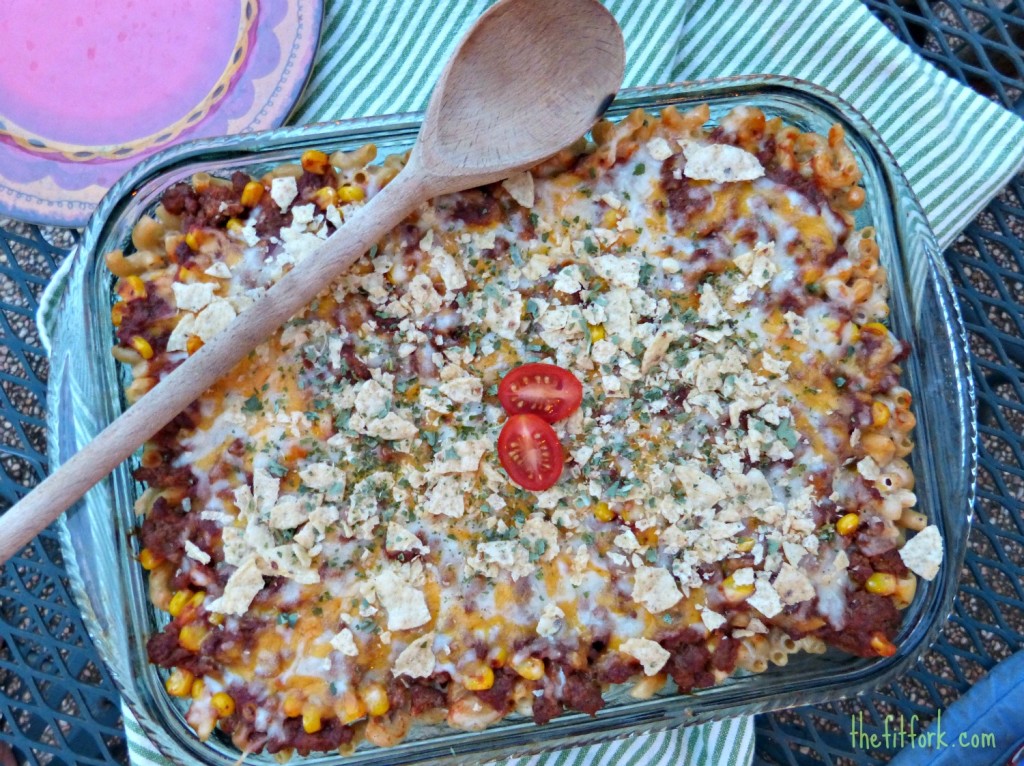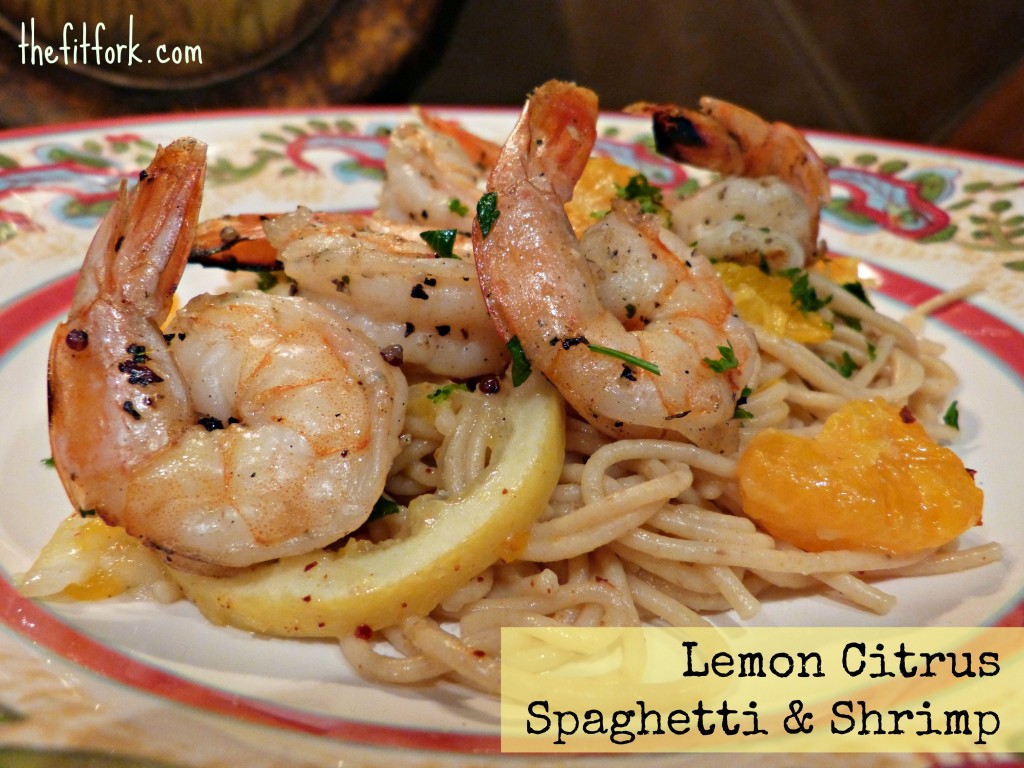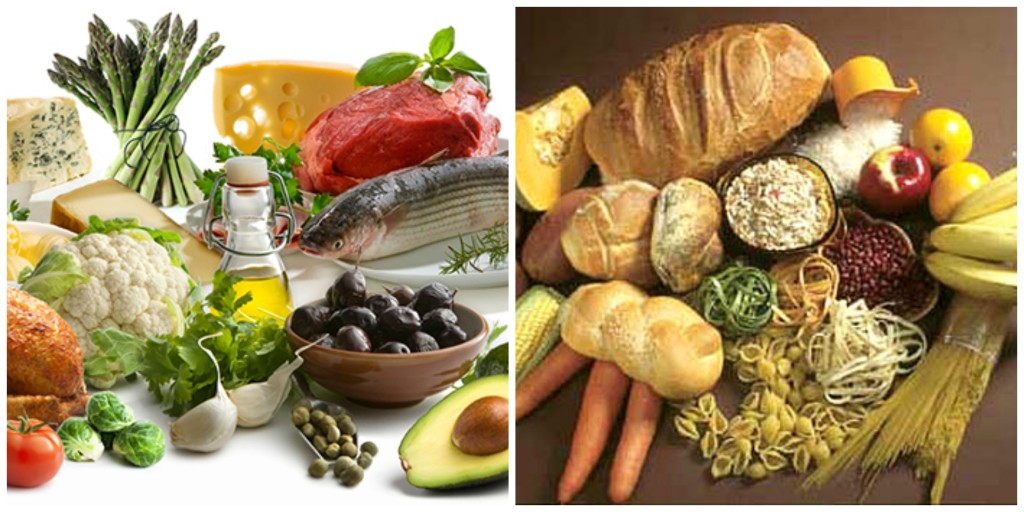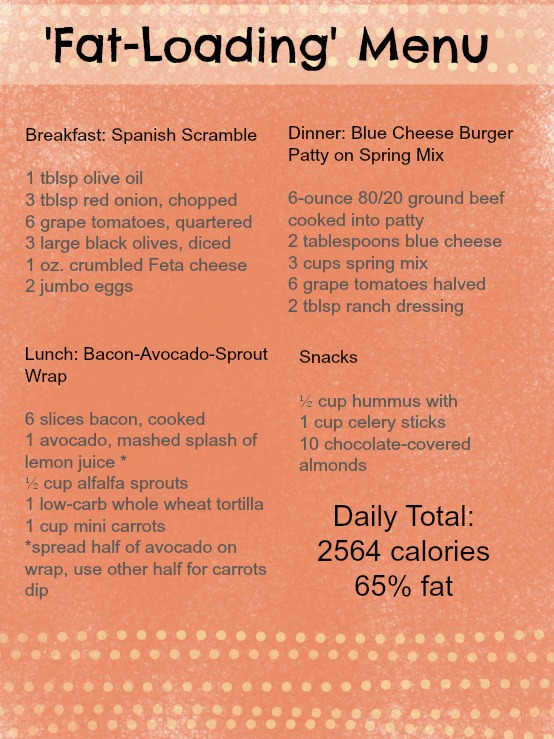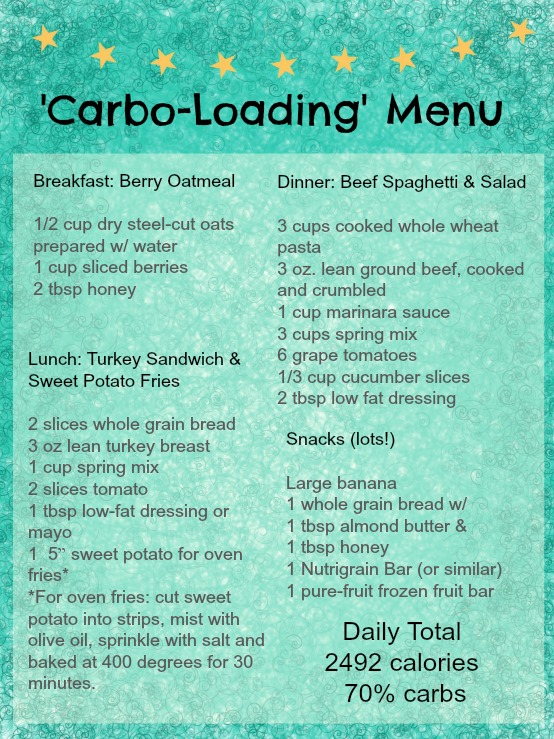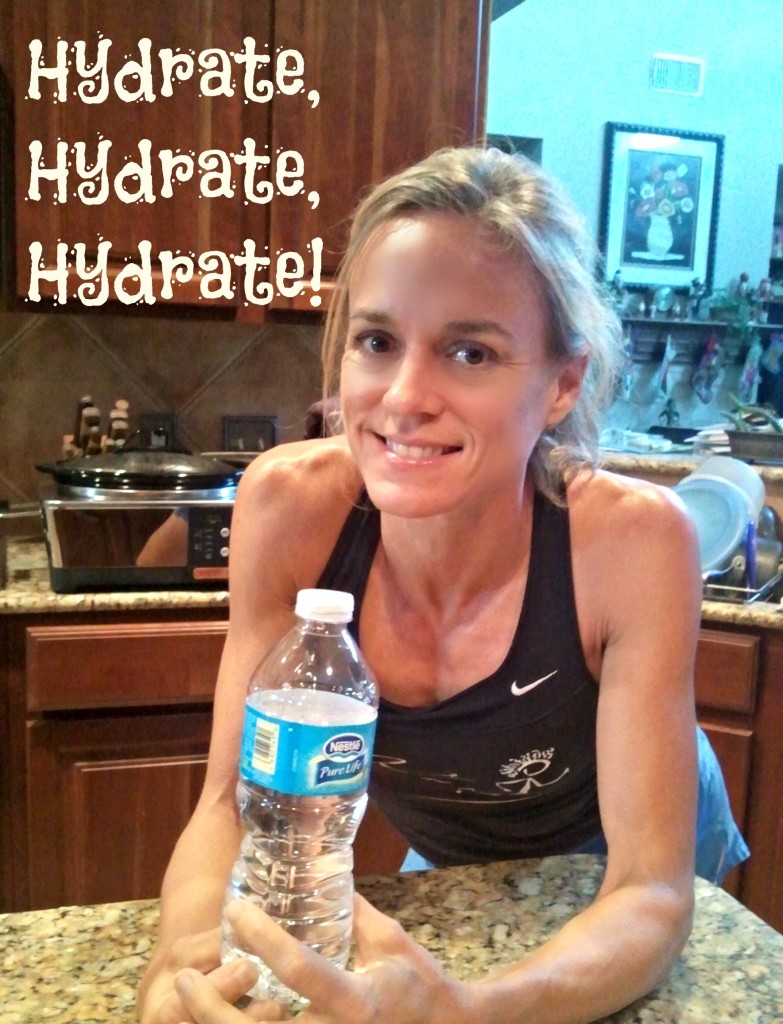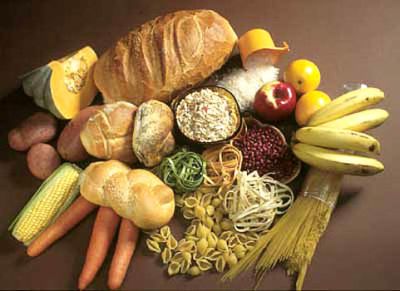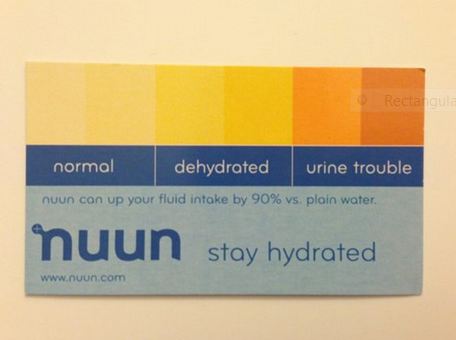Holy macaroni, October is National Pasta Month! That makes me want to turn cartwheels for saucy wagon wheels and do extra kettle bells for stuffed shells! Even though statistics from the National Pasta Association show that, on average, American families eat pasta seven times a month, athletes and folks watching their weight often avoid pasta in all shapes and sizes, shamed by the bad carb rap it sometimes gets. True, pasta made with highly-processed, refined white flour isn’t the best thing for your body. The outer shell of the grain is stripped, removing important fiber minerals and vitamins. In addition, many people can’t tolerate wheat and gluten foods at all. The good news is that you can still celebrate Pasta Month thanks to a cornucopia of healthier pastas and pasta alternatives.
Since we don’t have any food allergies or intolerances in my family, whole grain pasta is a go-to choice for my recipes – it has lots of fiber and vitamin B. These days it seems like you can get nearly every pasta type from bow tie to ziti in a whole grain option. Rice noodles and bean-based noodles are good substitutes for folks on a gluten-free diet as are buckwheat noodles (aka Soba noodles) which actually aren’t wheat at all – technically buckwheat is the fruit of a plant called Fagopyrum esculentum. Other ideas for alternative pasta includes spaghetti squash, zucchini ribbons, shredded cabbage and the famous yet strange shirataki pasta noodles made from a soluble fiber called “glucomannan.” These three recipes use whole-grain pasta, but feel free to use what works best in your diet.
Lightened Beef Taco Pasta Bake
- 1 lb. 93% lean ground beef
- 1 ¼ oz packet reduced-sodium taco seasoning
- 1 15-oz can tomato sauce
- 1 cup frozen or fresh corn kernals
- 3 cups uncooked whole grain elbow macaroni
- 2/3 cup reduced-fat Ranch dip
- ½ cup salsa
- 1 cup shredded 2% cheddar cheese
- 1/2 cup crushed tortilla chips
- 1 tablespoon chopped cilantro
- Garnish: grape tomatoes
Preheat oven to 350 F degree oven.
Brown beef in skillet over medium heat; drain. Stir in taco seasoning, tomato sauce and corn. Bring mixture to a boil; remove from heat.
Meanwhile, cook pasta according to manufacturer’s directions. Drain. In large bowl, mix together cooked pasta, ranch dip, salsa, and ½ cup of cheese.
Spoon macaroni mixture into a 9”x13” baking dish. Top with beef mixture and sprinkle with remaining cheese. Sprinkle on tortilla ships and cilantro.
Bake at 350 F degrees uncovered for 30 minutes, or until hot and bubbling. Garnish with grape tomatoes.
Serves 6.
Lemon Citrus Shrimp & Spaghetti Recipe
Lemon Citrus Shrimp & Spaghetti was a huge hit with my husband. Tart but not too sour, this healthy pasta recipe is the perfect way add some light, fresh flavors to your fall menu. If you don’t want to go outside to grill the shrimp, they are easy to roast in the oven. Or, why complicate things? Just buy them pre-cooked at the chef-prepared fresh-food counter at your market.
Thai Chicken Peanut Pasta Recipe
This Thai Chicken Peanut Pasta Recipe is a go-to recipe when I’m in a hurry to make a weeknight dinner. Ground chicken breast cooks up in a snap and for convenience I use packaged matchstick carrots unless I already have a stash prepped earlier in the week for salads. The sauce is simple to make and includes peanut butter and Sriracha. We never have leftovers!


